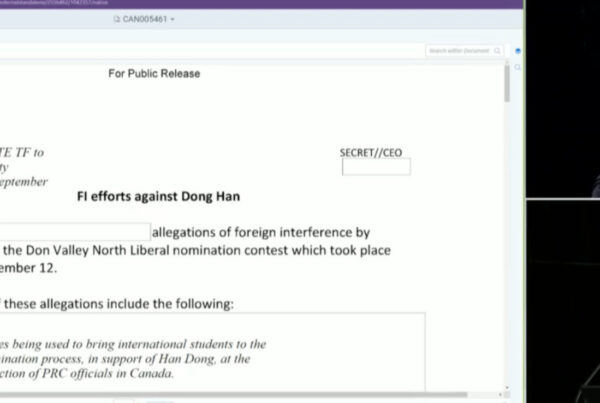Real peacekeeping is bloody and violent, and that is just what the United States is preparing to unleash – albeit with an unusual degree of precision. Whatever else transpires as the American-led coalition sallies forth to “bring justice to the terrorists”; the ancient contest between the Warrior and the Soldier is about to be waged again.
For Westerners who remain convinced that warfare is really only something fought between states, and that conflicts with non-state actors somehow don’t count; September the 11th provided a graphic reminder that non-state actors can present a significant threat to entire nations. Our customary reluctance to regard terrorists, organized criminals, and small insurgent groups as proper opponents for soldiers will have to be discarded. For those who think this is unnatural or unusual, history is full of examples where states have fought private organizations.
In his disturbing study War Before Civilization, Lawrence Keeley pointed out that man is exceptionally violent in his natural state; and that primitive societies are – proportionately — far more violent than civilizations are. Keeley, an American anthropologist found that Rousseau’s old view of the simple life was hogwash, and that Hobbes’s view of uncivilized life as “nasty, brutish and short” is the truer picture.
Keeley also pointed out that the “Warrior”, the undisciplined fighting man of an uncivilized society, can be very dangerous when fighting on his own terms. In comparison to the warrior, the soldier is the disciplined man of arms found in the employ of civilizations and nation states.
Another disturbing book by the Israeli Military Historian, Martin van Crevald, pointed out that in the 1990s, the soldier would be far more likely to be fighting warriors than other soldiers. Although van Crevald’s The Transformation of War was published on the eve of the 1991 Gulf War, his predictions were dead right. Warriors include non-state actors such as terrorists, guerrillas, political militias, tribal levies, criminal gangs and such. Soldiers remain as they are, but the soldiers of many nations have been busy confronting warriors since the end of the Cold War.
When real peacekeeping fails, massive death is the inevitable result. The soldiers who were kept reined in by the UN at the start of the Rwandan conflict could not prevent the massacre of 800,000 people. The failure to send peacekeepers into the anarchy that followed in the Congo/Zaire has meant the deaths of over 2.7 million people since 1997. In the vicious ethnic feuding that attended the break-up of Yugoslavia, almost 200,000 people were killed until the forceful NATO intervention of 1995. While the Kosovo intervention didn’t solve one problem and helped create another, the presence of NATO troops has kept the carnage down.
The essence of civilization is stability — creating a state of affairs that lets people plan their future with a reasonable degree of confidence. Always beyond the bounds of civilizations have been the “barbarian” areas — regions where this stability does not exist and life is short. Civilizations can live beside barbarian regions (or even contain them), but normally pay them little mind so long as commerce is maintained and relations are largely peaceful. But when elements within Barbarian regions represent a threat to a civilization, it is time to act.
“Barbarian” is an unfair term to apply to the ordinary people who live in regions like Afghanistan or Zaire… most of whom would be delighted to live quiet, prosperous lives and be certain of the same thing for their children. But circumstances around them have created a barbarian environment that, in at least one case, sheltered the warriors who planned and executed the attack on civilization by destroying the World Trade Centre.
Historic civilizations, from Pharonic Egypt to Han Dynasty China to Imperial Rome to Victorian England, attempted to keep the barbarians under constraint by using frontier defences, trade, negotiation, or by arming other barbarians (which can result in your own weapons being used on you when alliances shift). When all else fails – it is time call up the captain of chariots, summon the legions, or send the Redcoats out into the wilderness.
Barbarians are where you find them, and not all of them have lurked beyond the frontiers of civilized states. Other tasks for soldiers (and sailors) that have pitted them against non-state actors include the suppression of piracy, the European campaign to end slavery in African Kingdoms, hunting bandits and quelling severe rioting. There have also been times when former soldiers have escaped discipline in the aftermath of prolonged conflicts and formed private bands of mercenaries that also had to be brought under control.
All these tasks are the very essence of “peacekeeping”, peace making by force, and are as old as civilization.
A civilization that grows disinterested, unwilling, or unable to send its men out into the barbarian reaches is on the cusp of decline – something that is also true when it refuses to tackle piracy, brigandage or mobs. Spending money and the lives of troops on stability is vital, and it is a constant responsibility — one we neglect (or forgo) at our peril.








